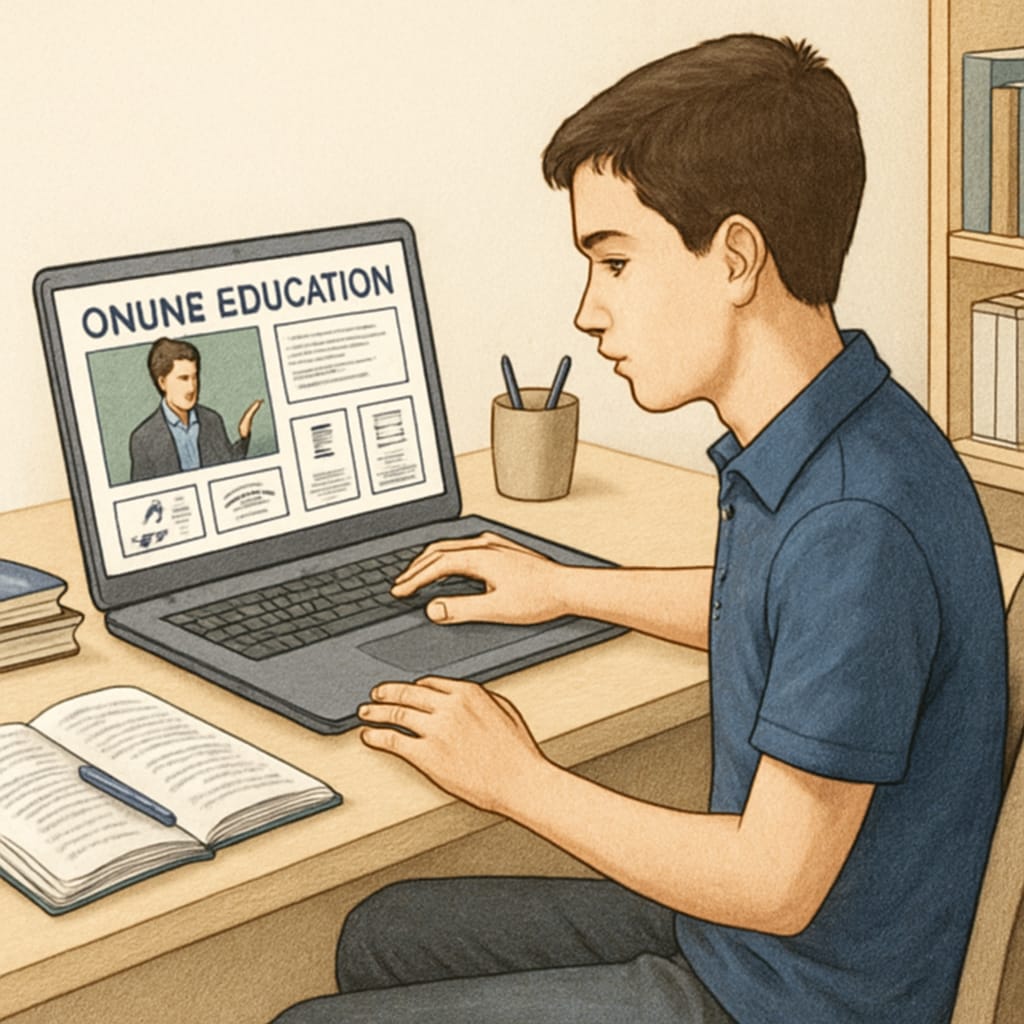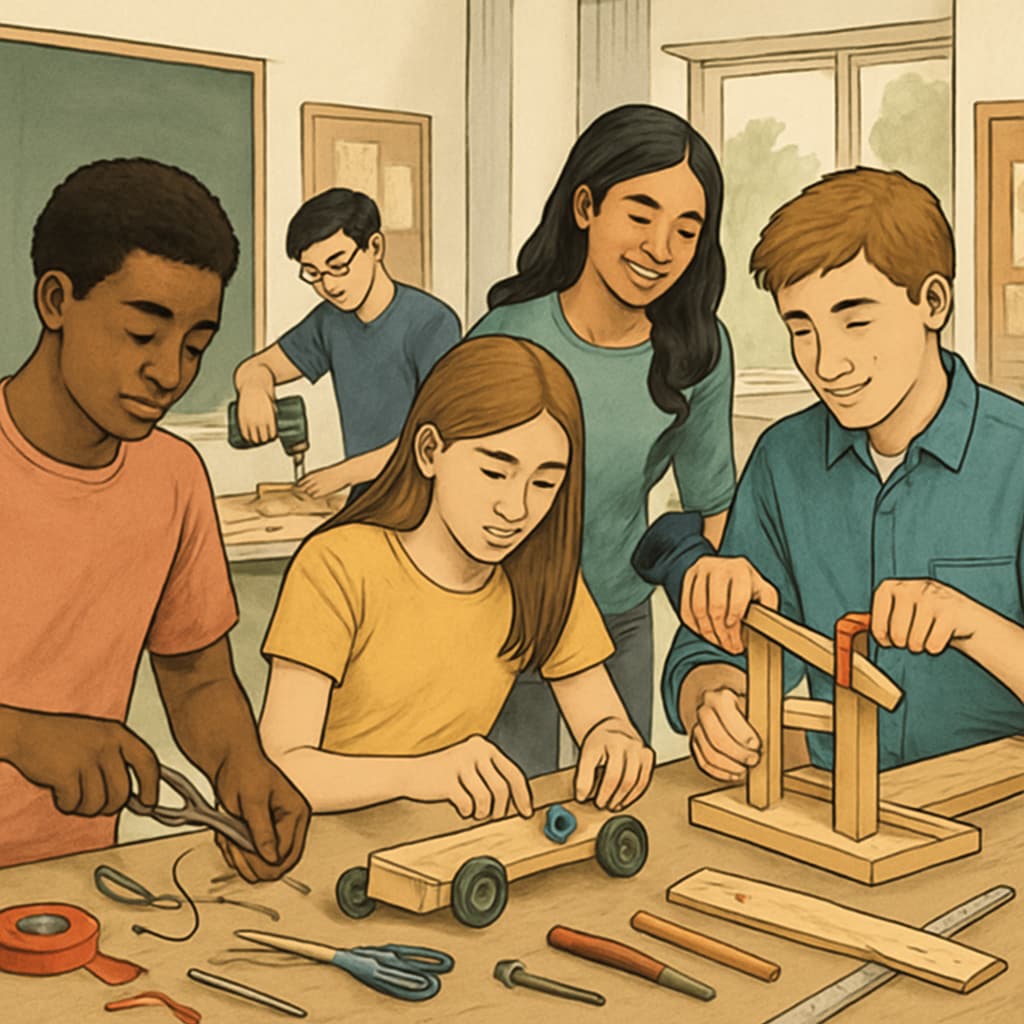As high school students approach their final year, maximizing available education courses, extracurricular learning, and study resources becomes crucial for academic and personal growth. These resources provide opportunities to enhance skills, explore new interests, and prepare for future success. In this guide, we’ll explore how students can uncover valuable resources both online and offline, from free platforms to community programs, and turn the quest for knowledge into an enriching experience.
Unlocking Online Platforms for Extracurricular Learning
Online platforms offer a vast array of opportunities for high school students to access education courses and study resources. From academic subjects to creative skills, these platforms cater to diverse interests and goals. Here are some options to consider:
- Khan Academy: Provides free lessons in subjects like math, science, and arts. It’s a great resource for reinforcing classroom learning or exploring new fields.
- edX and Coursera: Offer online courses from renowned universities. These platforms let students explore advanced topics or even earn certificates.
- Duolingo: Ideal for students aiming to learn a new language, this app offers interactive lessons that make language acquisition fun and engaging.
- National Geographic Education: Provides interactive resources for students interested in geography, nature, and global issues.
Whether students aim to deepen their knowledge or develop practical skills, these platforms serve as excellent starting points.

Community-Based Programs and Local Opportunities
Exploring local opportunities can be equally rewarding for high school students. Community-based programs provide hands-on experiences that go beyond the classroom. For example:
- Volunteer Work: Many organizations, such as food banks or libraries, offer volunteering opportunities. These activities build empathy, teamwork, and leadership skills.
- Workshops and Events: Libraries, museums, and community centers often host free workshops or events that cater to different interests, from coding classes to creative writing sessions.
- Internships: Local businesses or programs may offer internships tailored for high school students. These provide real-world experience in various industries and can help refine career interests.
Engaging with the community not only develops practical skills but also fosters meaningful connections that could benefit students in the future.

Balancing Academic Goals with Extracurricular Activities
While pursuing extracurricular learning opportunities, it’s important to maintain a balance with academic responsibilities. Here are some tips to help students manage their time effectively:
- Set clear goals for both academic and extracurricular activities to ensure priorities are aligned.
- Create a structured schedule that allocates dedicated time for each activity without sacrificing personal well-being.
- Communicate with teachers, mentors, or family members for guidance and support when needed.
By staying organized and focused, students can make the most of their learning experiences without feeling overwhelmed.
Preparing for Future Success
Extracurricular learning and education resources are not just tools for immediate academic improvement—they also lay the foundation for future endeavors. Students who actively seek out these opportunities develop critical thinking, adaptability, and self-confidence, which are essential for college and career success. As a result, their readiness to tackle challenges in higher education or the workforce is significantly enhanced.
In conclusion, high school students have access to a wealth of education courses, extracurricular learning opportunities, and study resources that can transform their final year into a stepping stone for lifelong success. By exploring online platforms, engaging with community programs, and maintaining a balanced approach, students can unlock their full potential and prepare for the exciting journey ahead.
Readability guidance: Ensure each section is concise and engaging, using lists to summarize key points. Include transition words to connect ideas smoothly and maintain clarity.


